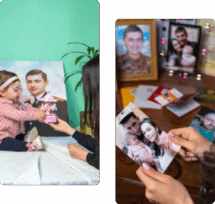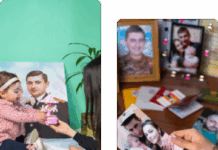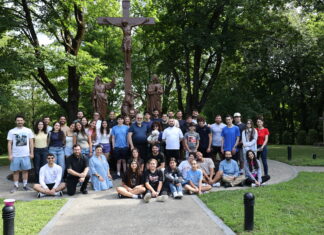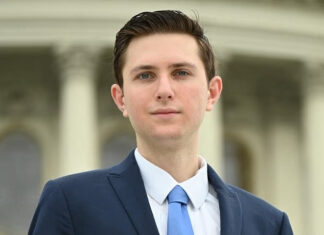By Aram Arkun
Mirror-Spectator Staff
NEW YORK — Archbishop Khajag Barsamian holds one of the most prestigious and influential positions in the hierarchy of the Armenian Church. He reflected on his past, and set out some goals for the future after recently being elected to a sixth term as Primate of the Diocese of the Armenian Church of America (Eastern), which makes him the second-longest-serving Primate of this diocese.
Despite the length of his service, Barsamian remains energetic and enthusiastic in his promotion of the values of the Armenian Church. He finds it very relevant for the complexities of modern society: “The Armenian Church is so balanced in everything — its theology and its attitudes. It is not judgmental. We have never been judgmental. We lived with believers of other faiths, respecting them while they respected us. Our church fathers speak of personal choices about life as the gift of God. The focus is on developing the consciousness of the individual, and then allowing the individual to make the right decision.”
A Calling to Serve
Barsamian never imagined himself as a high-ranking hierarch when he first was attracted to the Armenian Church. He recalls his youth in Arapgir, Turkey, where there was no church. Nonetheless, thanks to the influence of his family, and in particular his pious grandmother, he relates, “I felt a calling from my childhood when I was a young boy in Arapgir. That is what my parents tell me. My mother tells that when I was a little boy I used to imitate a priest — putting on a shurchar.” In Istanbul, he participated each morning, before attending Surp Mesrop School in Gedikpasha, in the morning services of the adjacent St. Hovhannes Armenian Church. The priest of the church encouraged this, and Patriarch Shnorhk Kaloustian played an important role: “He watched me as a young boy and observed how I participated in church services. He made special arrangements for me to be accepted at the Holy Cross Seminary. Usually only boys from the interior provinces of Turkey were accepted but he made an exception for me.”
Then in 1967, a priest came to recruit students for the Armenian Seminary in Jerusalem. Patriarch Kaloustian encouraged the 16-year-old Sarkis (this was the future archbishop’s baptismal name) to go, and his parents were hesitant but agreed. As a deacon in Jerusalem, when Ara Kalaydjian, then an Armenian literature teacher (and later an editor of the Armenian Mirror-Spectator), asked the seminarians to write an essay on why they wanted to become priests, “I wrote that this is the best way to serve the Armenian people and nation.” Barsamian recalls today that this was his motivation to accept ordination, but he initially was drawn to teaching.







